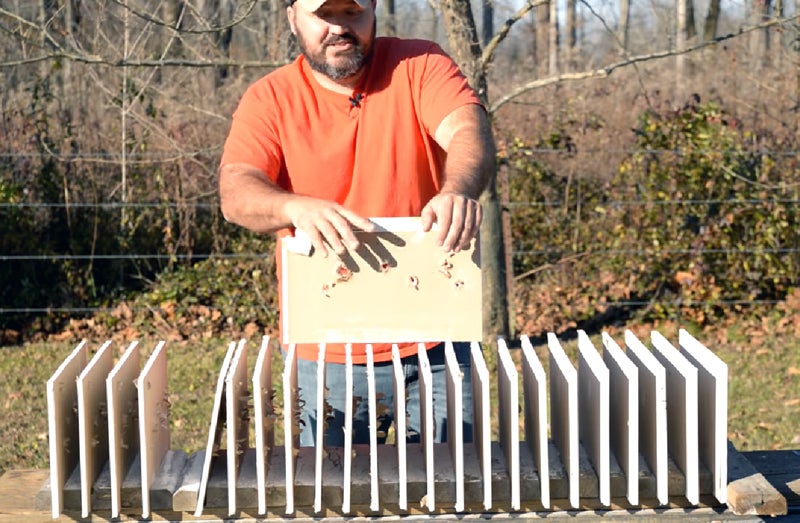
Dehydrators are deceptively simple machines, involving little more than a low-wattage heating element, a fan, and open racks that let air flow throughout. But some models perform much better than others (and price isn’t necessarily an indicator of performance). To find the best dehydrator, we considered these factors:
Even drying
The best dehydrators are ones that evenly dry food without requiring you to rotate or rearrange the trays much, if at all. The amount of work and attention you have to invest throughout the drying process depends on how well your dehydrator circulates air. We found that the best results came from round vertical-flow dehydrators with the motor at the base. This makes sense because heat rises, and a bottom-mounted motor pushes hot air where it naturally wants to go (up, it wants to go up). Top-mounted dehydrators struggle to push heated air down to the lower trays and require more attention and rotation.
In general, horizontal-flow dehydrators dry unevenly and require you to rotate the trays throughout the process. Jeff Wilker, engineering and QA manager at The Metal Ware Corporation (Nesco’s parent company), told us that the hard right-angled corners on these box-shaped models don’t promote even airflow. The result: dead spots of stagnant air, usually in the corners.
How often you have to rotate the trays depends on a few factors, the most important being what you’re drying and the dehydrator itself. The best horizontal-flow dehydrators have bigger fans that move more air, which means less tray rotation—once or twice during the entire process versus every hour. But the best horizontal-flow dehydrator still doesn’t dry food as evenly as a round vertical-flow model with a base-mounted motor.
Size and capacity
It takes a lot of time to prep and then dry your own food, and the results shrink to just a fraction of the weight you started with. So you want to be able to dehydrate a lot at once. But that doesn’t mean you have to deal with a giant space hog. We prefer dehydrators that strike a good balance of bulk and drying volume. This boils down to smart design. For example, we tested two round, vertical-flow dehydrators that had 15-inch-diameter trays—but one offered 1 square foot of drying area per tray while the other had only three-fourths of a square foot per tray. That’s because the latter model had a wider gap around the perimeter of its trays that took up valuable usable space.
Accessories
Extra pieces like fine-mesh mats and fruit-roll trays are handy accessories for your dehydrator. Fine-mesh mats keep small items like herbs from falling through the trays as they dry. And fruit-roll trays aren’t just for making fruit leather; they’re also handy for hikers and campers who want to dehydrate lightweight packable meals. Some companies include these accessories with the dehydrator, while others charge extra. Think about how you’ll use your dehydrator so you’ll get the most for your money.
Cleanup
The most common dehydrator trays are made from plastic and can be a bear to wash because they have lots of nooks and crannies to clean. Generally, plastic trays also aren’t safe to run through the dishwasher, because the excess heat can warp them. If you have a spacious sink, a good soak in hot soapy water followed with a dish brush will do the trick. If you require dishwasher-safe trays, your choices are limited to horizontal-flow dehydrators with stainless steel racks either included or offered for extra cost. We haven’t come across a vertical-flow dehydrator with stainless steel trays.
Automatic shutoff
Some folks might prefer a dehydrator with an automatic shutoff feature. But we found that dehydrating times varied by batch, so this feature is useful only if you have a lot of experience dehydrating or will be away from the machine for a very long time. Otherwise, if the machine cuts off before the food is adequately dried, you run the risk of mold growth or spoilage. There’s really no such thing as overdrying from a food preservation standpoint. But snacks—such as jerky and fruit leather—are much more enjoyable when they’re still a bit pliable and chewy, and not yet dried to a crisp.
Temperature settings
Different types of foods have their own sweet spot when it comes to drying temperature. We found that most dehydrators have six to seven temperature settings, ranging from 90 to 160 degrees Fahrenheit, which is enough flexibility to dry most foods. Although you need not worry about the exact temperature inside your dehydrator, you should stay within the correct range for the type of food you’re drying. For example, you can’t dehydrate fruits and vegetables above 140 degrees because you’ll run the risk of case hardening (when the surface dries too quickly and prevents moisture in the center from escaping).
Low temperatures—90 to 100 degrees Fahrenheit—are best for delicate herbs and flowers. Nuts also dehydrate best in this zone because hotter temperatures can cause the oils to go rancid. Most vegetables and fruits dry between 125 and 140 degrees. Meat and fish require the highest temperature setting on your dehydrator, which is usually around 160 degrees.
Dehydrators with digital control panels and dual-stage capabilities (the option to start at a higher temperature for an hour to speed up the drying process) look modern and sound useful, but we found that neither of these things are worth the extra cost that comes with them. Some digital dehydrators let you set the temperature to the exact degree, but that kind of precision isn’t necessary for successful and even drying. And we found that dual-stage drying doesn’t shave more than an hour off the total time. When you’re drying something for 10 hours, that time savings is a drop in the bucket.
Noise
All dehydrators use a fan, so if you’re sensitive to the sound of a room fan on high speed droning on for hours on end, consider the noise factor. Running the dehydrator in your garage or laundry room with the door closed is an easy fix. But folks with limited square footage might not have that option. You can opt for a quieter dehydrator (one of our picks is pretty quiet), or you can put yours in the location farthest from your bedroom door and dehydrate at night.
via Wirecutter: Reviews for the Real World
The Best Food Dehydrator


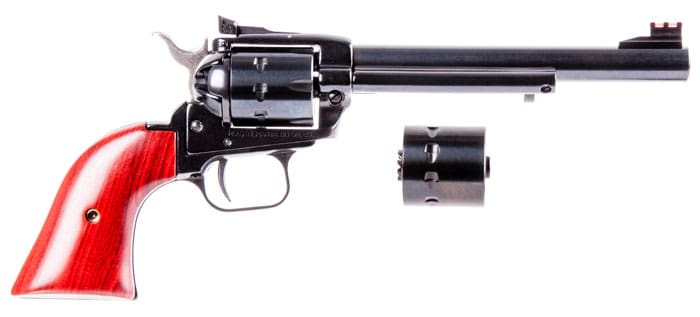
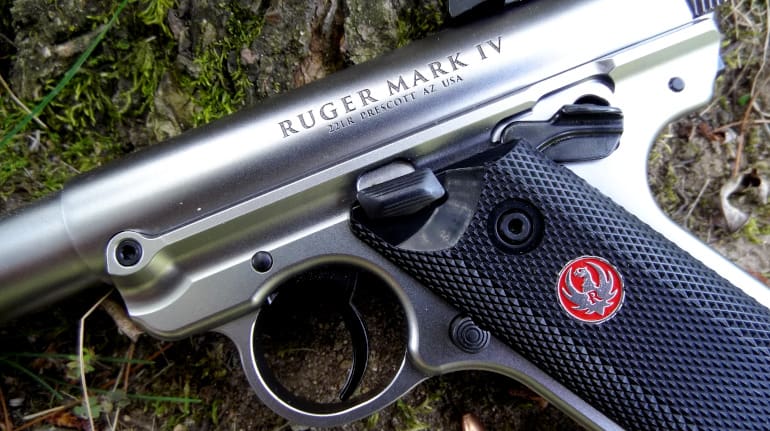
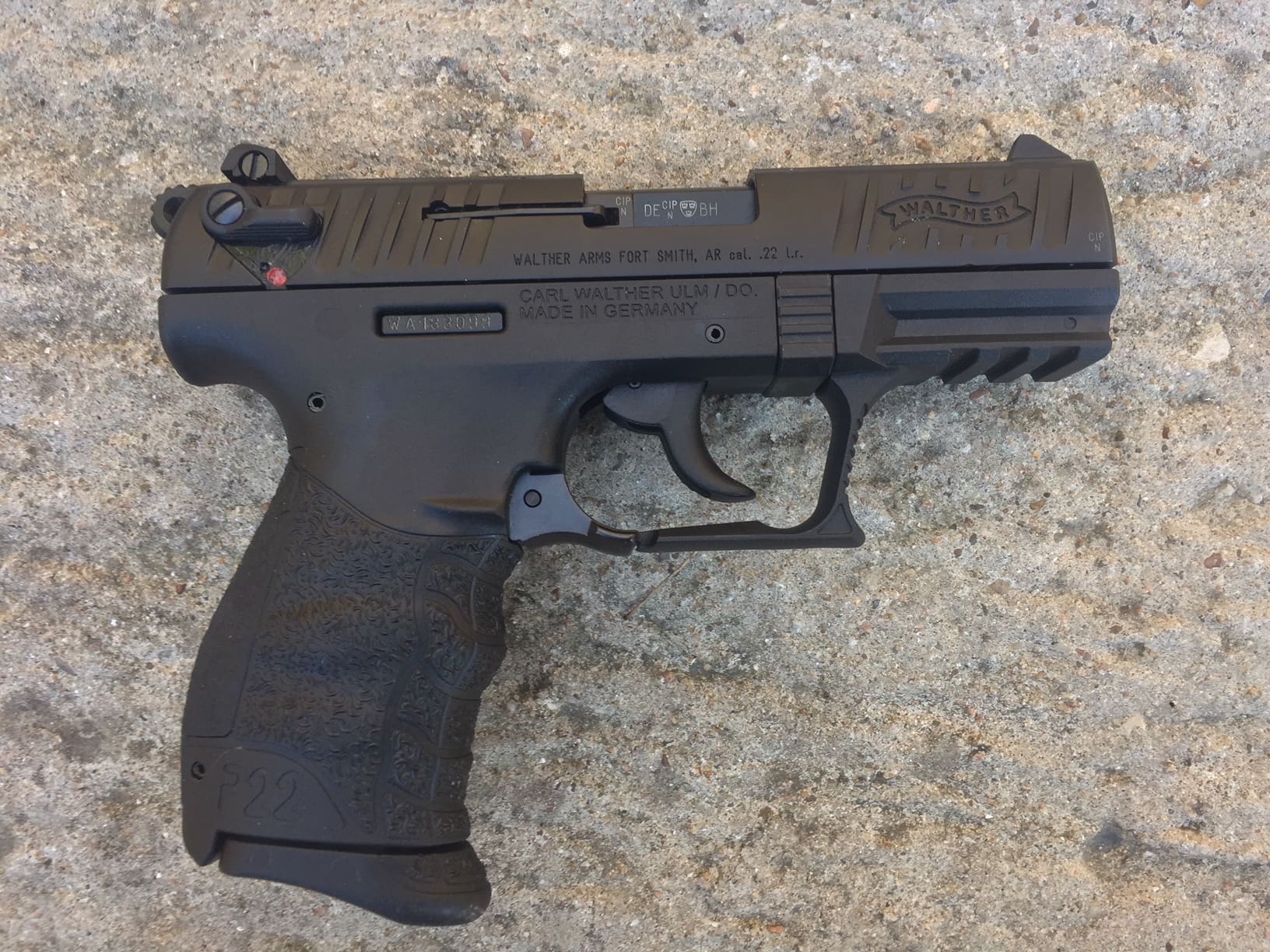

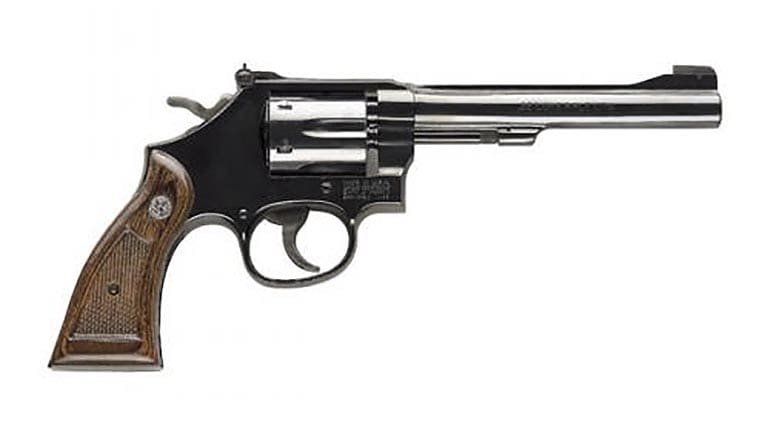
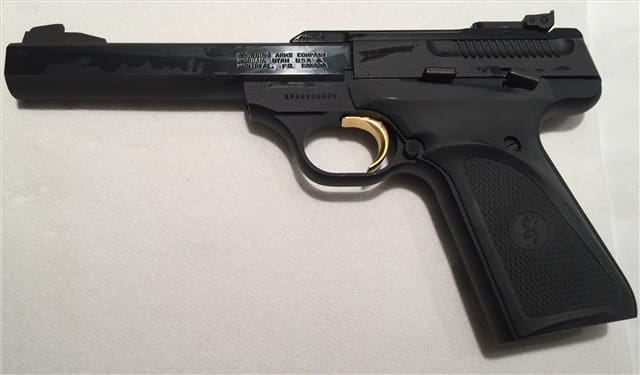




 Ohio has become the first state to create an online platform that seeks to connect business leaders with faculty experts, in the hopes of fostering economic growth and collaboration.
Ohio has become the first state to create an online platform that seeks to connect business leaders with faculty experts, in the hopes of fostering economic growth and collaboration.







